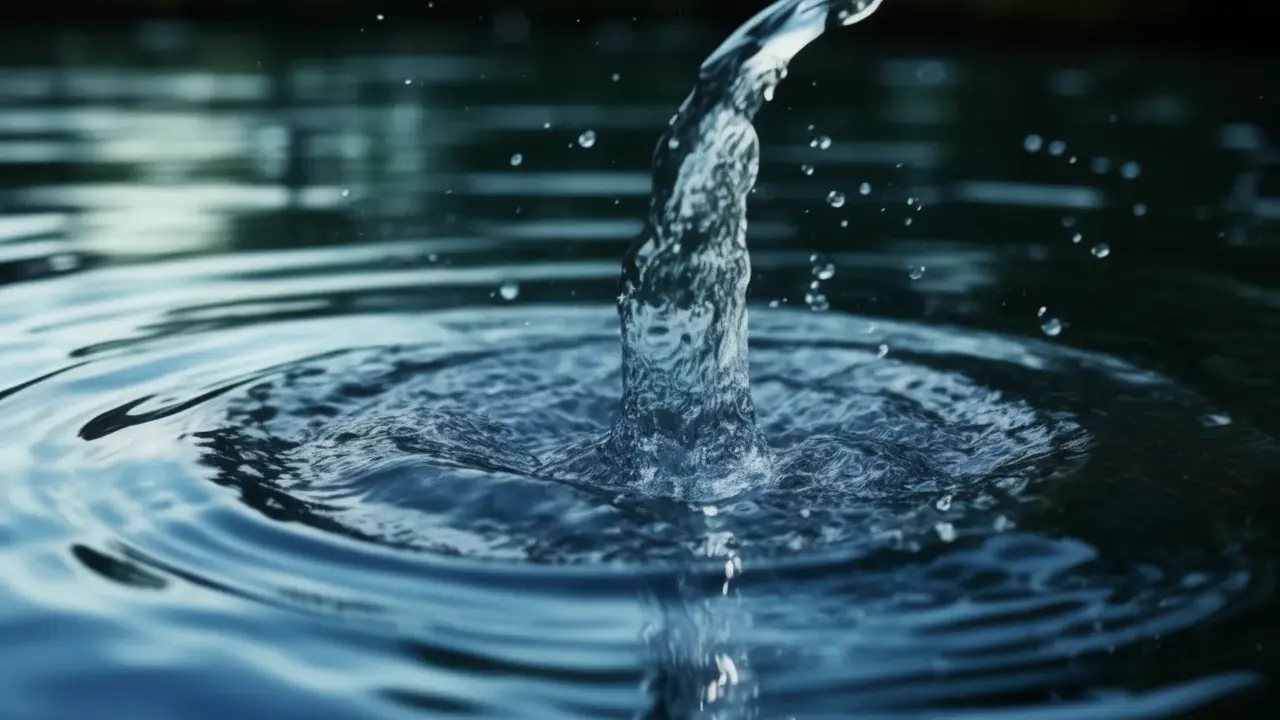The system exploits the behavior of Unio pictorum molluscs, which respond to water pollution by moving their valves. Scientists observed how molluscs opened and closed their valves and recorded these movements using sensors. By processing the received data, machine learning algorithms made it possible to learn to recognize contamination earlier than traditional monitoring methods, which provide results with a delay of up to 12 hours.
The experiment was conducted in the Chernaya River, where sewage after rains can carry pollutants. Previously, pollution data was received with a delay, but now the system makes it possible to receive information in almost real time.
Source: Ferra
I am a professional journalist and content creator with extensive experience writing for news websites. I currently work as an author at Gadget Onus, where I specialize in covering hot news topics. My written pieces have been published on some of the biggest media outlets around the world, including The Guardian and BBC News.










